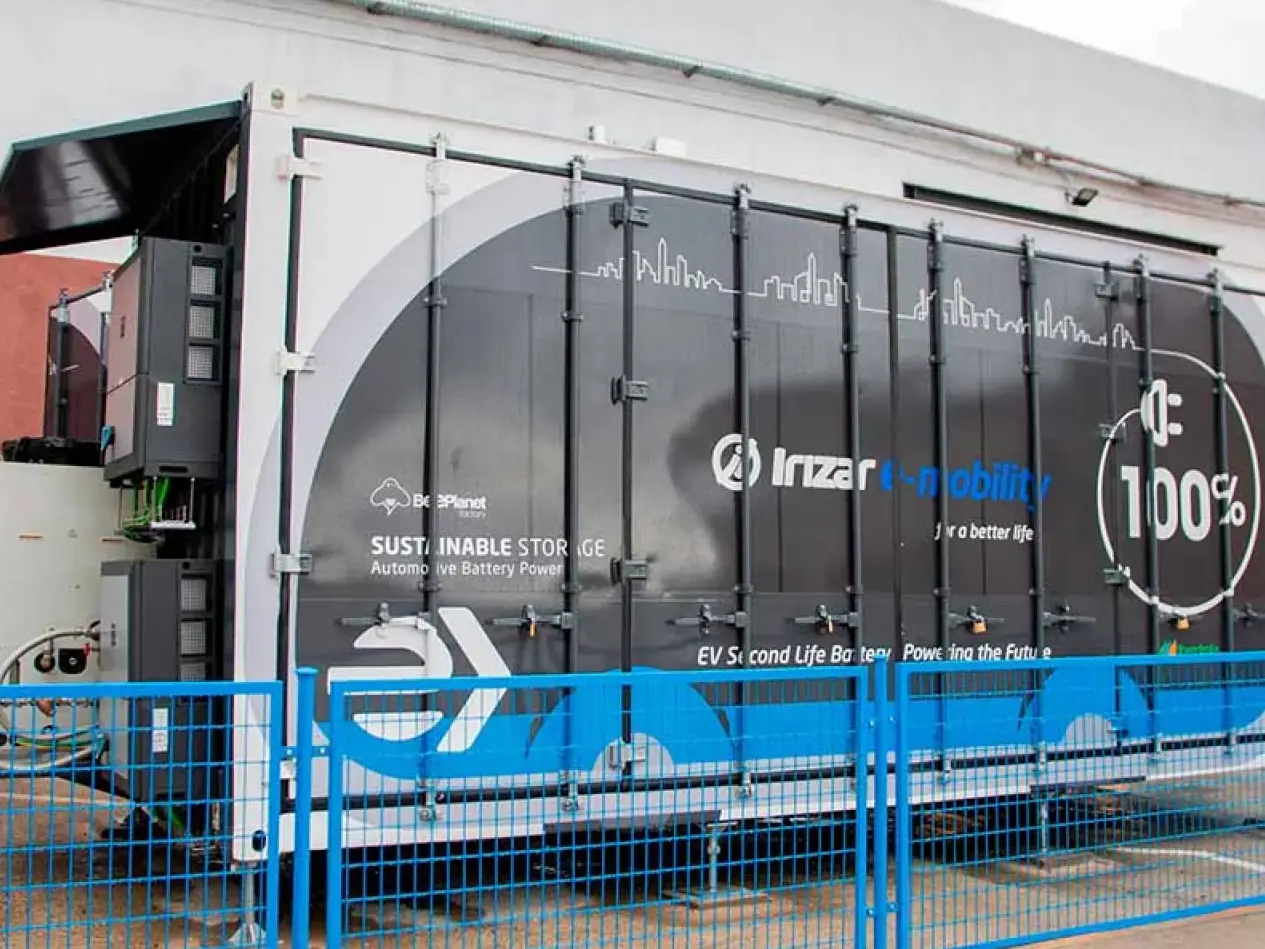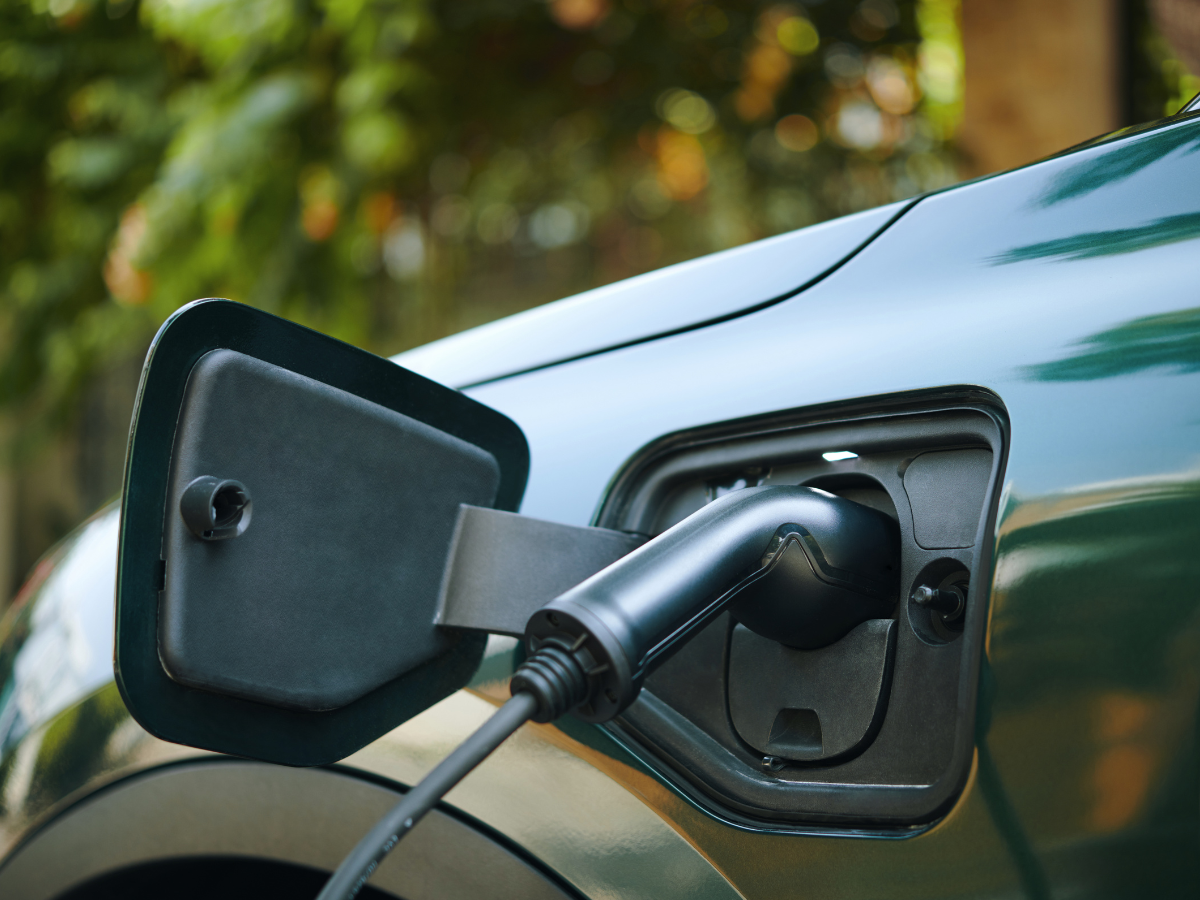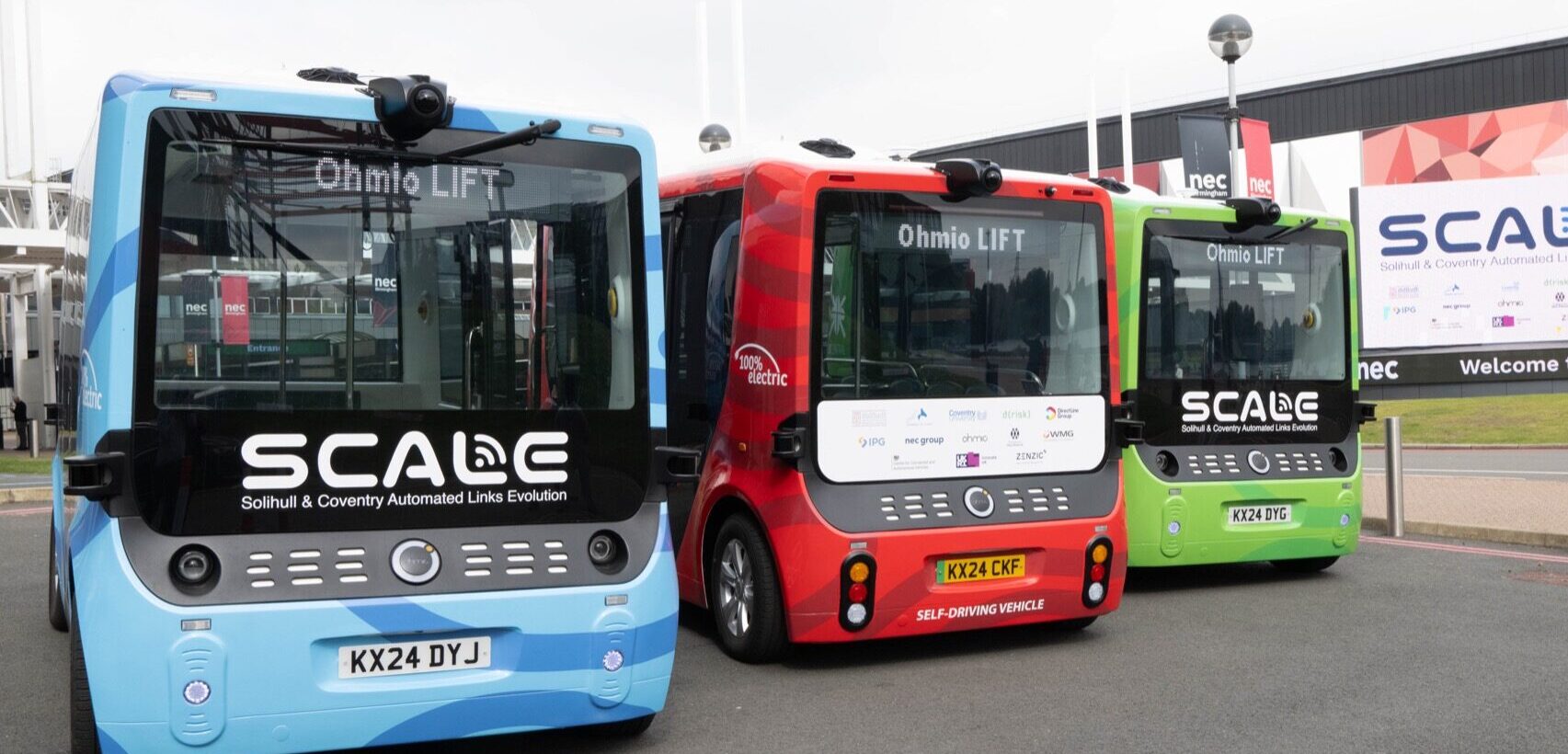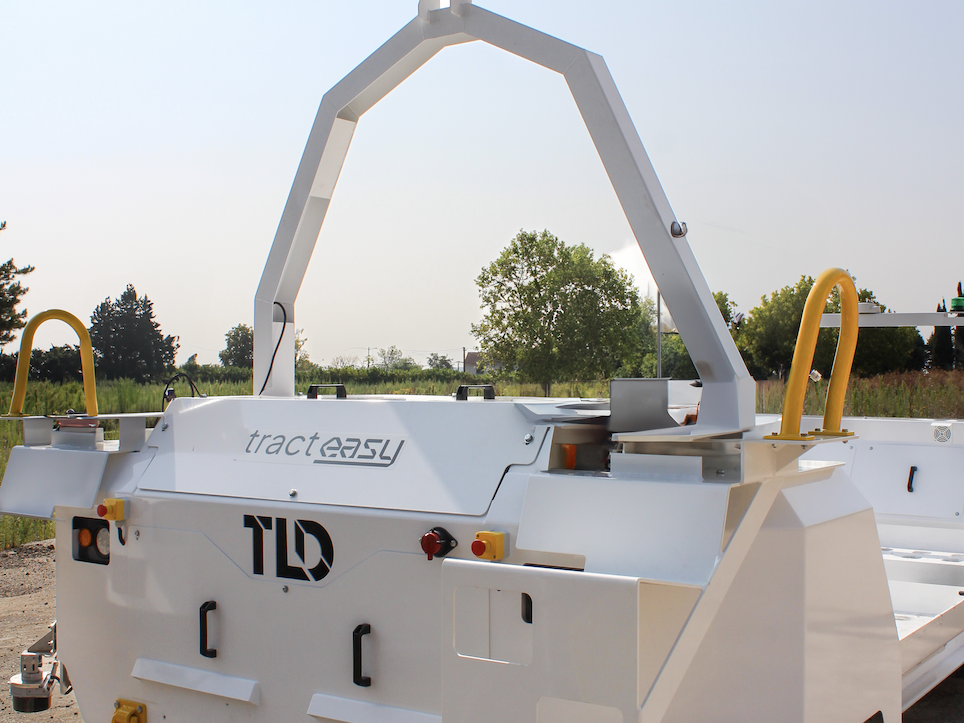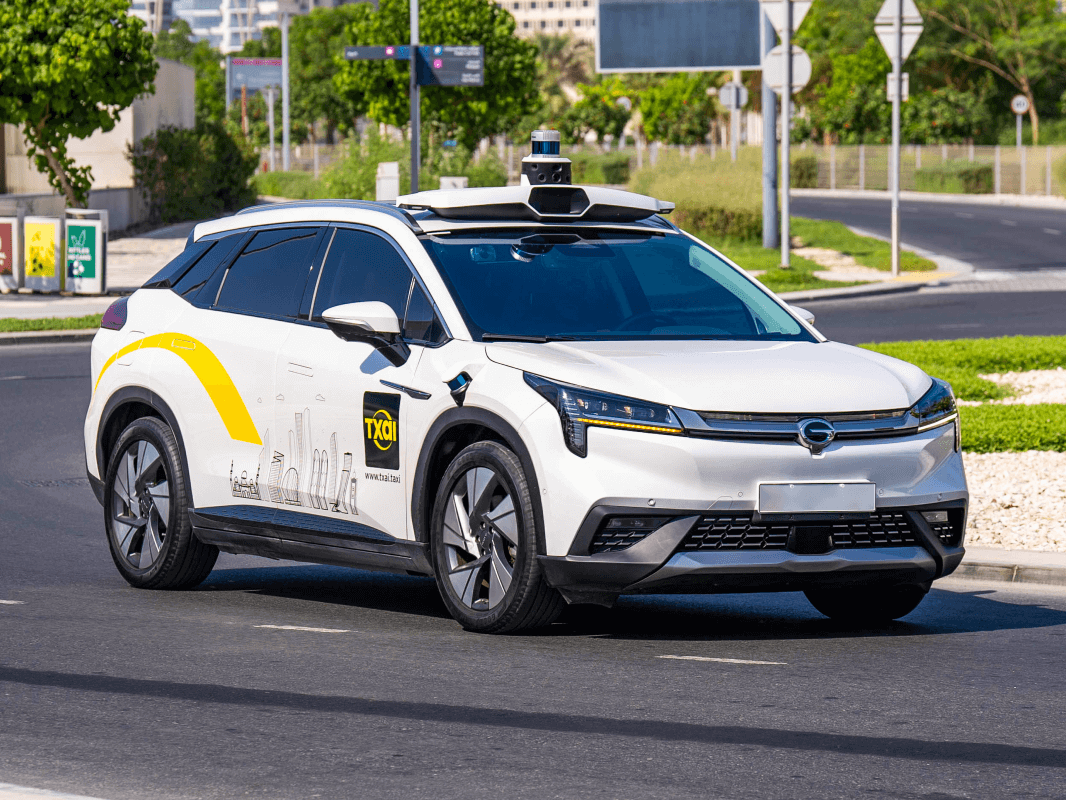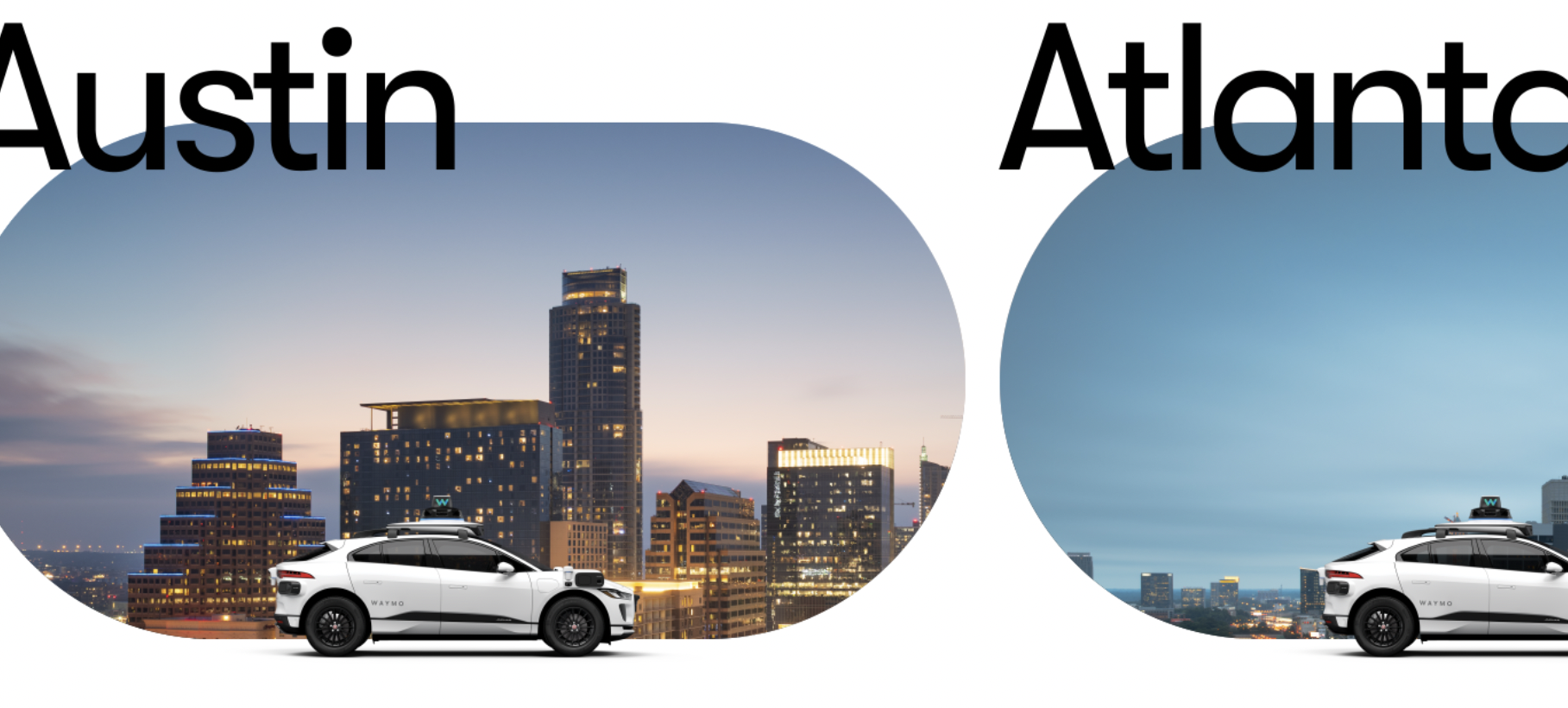Widespread advancements in artificial intelligence (AI) are currently reshaping numerous industries, and the automotive sector is no exception. AI technologies can now be applied to many aspects of automotive manufacturing, driving, and the customer experience.
Last week, this trend was addressed at the AutoSens and InCabin conferences in Barcelona. The events highlighted advancements in autonomous driving, driver monitoring systems (DMS), and occupant safety, highlighting how AI is used to create smarter and safer vehicles. Throughout the conferences, industry experts discussed the challenges of AI integration, particularly in the areas of sensor technology, safety, and in-cabin experiences.
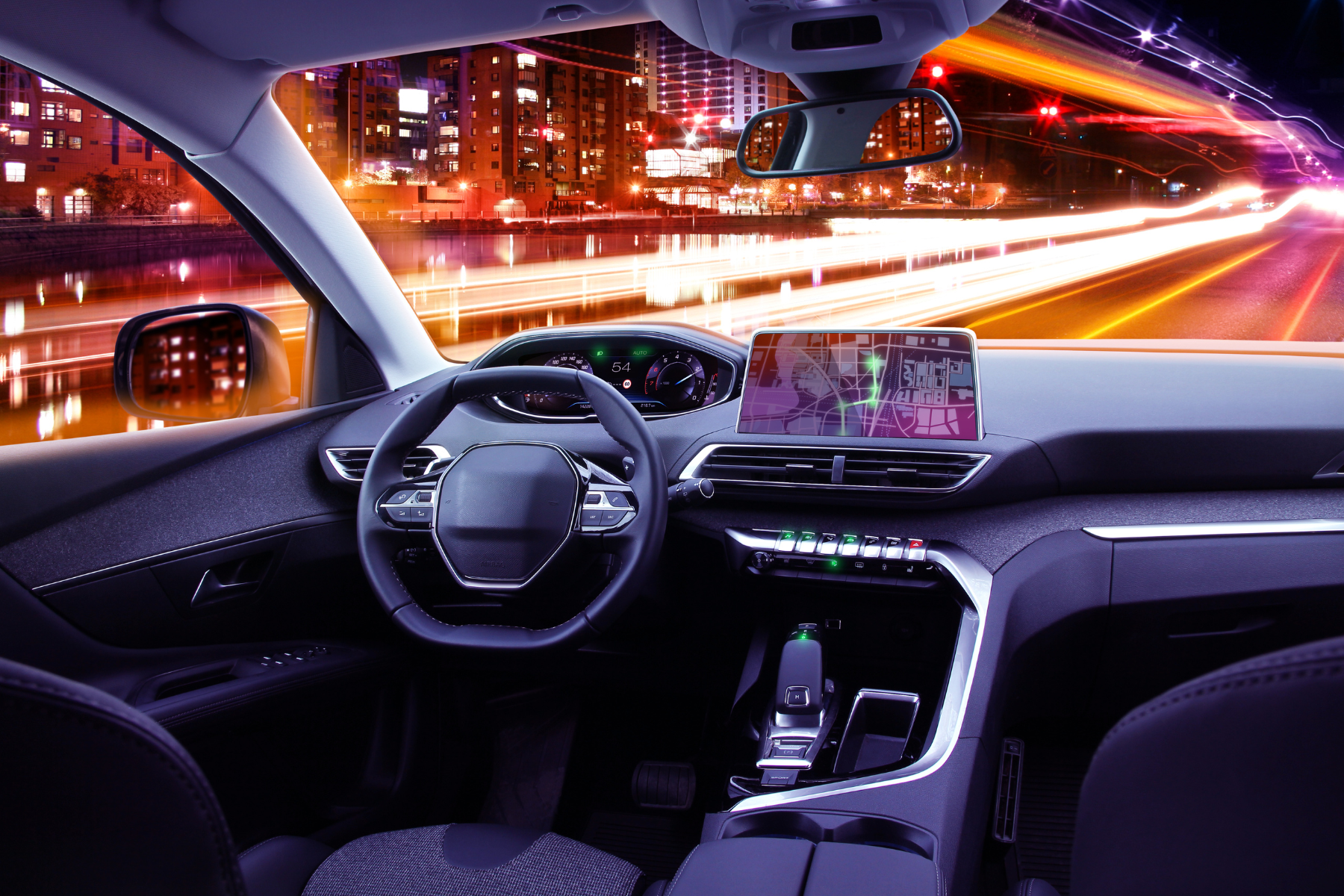
Autonomous Driving
To enable autonomous driving, AI-powered systems use a suite of sensors to gather real-time data about the car’s surroundings. This data is then processed by machine learning algorithms to make decisions like steering, braking, and accelerating.
Meanwhile, deep learning allows the vehicle to learn from vast amounts of data, including road conditions, traffic patterns, and driver behaviour. This enables self-driving cars to adapt to complex and dynamic environments, making them safer and more efficient.
This technology is ultimately expected to enable the rollout of Level 5 autonomy, where vehicles can operate entirely without human input. In the meantime, AI is likewise being used to support lower levels of automation, improving the driving experience and making vehicles more intuitive. Modern cars can be equipped with AI-driven infotainment systems, voice recognition, and advanced driver assistance systems (ADAS) that provide real-time support to drivers. These systems can adjust vehicle settings, offer route suggestions, monitor driver behaviour, and prevent accidents through automated emergency braking and lane-keeping assistance.
Consumer Acceptance
Despite the utility of such technologies, AutoSens and InCabin highlighted that customer acceptance does not always align with technological developments. Indeed, Sarah Barendswaard, Research Engineer at Siemens presented data demonstrating that only 26% of consumers would happily switch to autonomous technologies. Notably, the research revealed that this reluctance was primarily due to concerns with safety (45%), data privacy (30%) and cost (25%).
To enable the success of new technologies, it is thus imperative for the industry to tackle these roadblocks. For example, to address issues of perceived safety, Barendswaard detailed Siemens’ BECAREFUL project, which collects data based on driving that makes humans feel comfortable, models and predicts perceived safety in vehicles, and applies this data to impact how autonomous vehicles drive. This application thus combines AI and model-based controls to influence how a self-driving car operates to improve consumer acceptance.
Global Variance
Notably, the rollout of automated driving technologies and the corresponding consumer attitudes vary greatly worldwide. The comparison between Europe and China was thus a recurring theme at this year’s InCabin and AutoSens event. In the opening keynote, Torsten Wendler, Head of Driving and ADAS / AD at Volkswagen AnHui highlighted that the rollout of Level 2 and Level 2+ systems is more widespread in China, with the technology available in cars across varied price points. Compared to Europe, where ADAS-equipped cars are considered luxury products, this disparity thus addresses the issue of cost as a barrier for consumers.
Likewise, Roger Lanctot, CEO at StrategiaNow Consulting acknowledged that in Europe, the cost of new cars is increasing, while ownership is decreasing. Comparatively, these factors remain more stable in China, partly due to volume and competition, which drive costs down. As a result, Lanctot asserted that Europe will likely follow this pattern, and affordability and ownership will eventually increase once scaled market adoption occurs.

With the tendency for cars to be more affordable in China, Wendler also noted that the average purchaser of a new car is younger in China at around 35 years old, compared to an average of 55 years old in Europe. This variance results in different consumer attitudes, with younger buyers in China more likely to embrace and feel comfortable with new technologies such as ADAS features. As a result, this advances the scale at which these technologies are readily deployed by consumers.
Safety vs Convenience
In addition to variances in affordability and the consumer profile, the automotive industries in China and Europe are also taking different approaches to the technology rollout. Wendler noted that in Europe, there is a greater focus on enhancing road safety, with deployment driven by regulation, requiring new cars to be equipped with specific safety features. Comparatively, the rollout in China is consumer-driven and the industry is focused on delivering customer value through the scaled deployment of Level 2+ features. Consequently, in China, the technology is designed as more appealing to consumers.
In Europe, Adrian Capata, Senior Vice President of Autosense at Tobii noted that the focus on safety does not always convince the end-user that the product is useful. This is particularly true for driver monitoring systems, as drivers are reluctant to be monitored and tend to believe they are already good drivers. Indeed, a study by Ola Svenson showed that 60% of drivers ranked themselves in the top 20% of safest drivers.
Notably, the necessity of appealing to the consumer was also emphasised by Adriano Palao, Technical Manager of ADAS & AD at Euro NCAP. Although Euro NCAP is primarily focused on improving road safety, Palao stressed that these systems will only be effective if suppliers design them around human factors and deliver a positive user experience that will result in driver acceptance.
To address this need, Capata argued that manufacturers need to apply the latest technologies to offer additional use cases, making features more meaningful to the consumer. He stated that this would in turn tackle the challenge of cost, as creating value can be more cost-effective than reducing expense. To highlight this point, Capata referred to the smartphone market, which has demonstrated people’s readiness to pay for new benefits and features. Indeed, smartphones now cost significantly more than in the past but also offer a great deal more for the user.
Use Case: Navigation
To demonstrate an additional use case for a car’s sensors and AI systems, Paul Schouten, Design Team Lead at TomTom explained how new technologies can shape the future of navigation. Specifically, Schouten demonstrated how a navigation system can gain contextual understanding from a car’s sensors and can consequently view the same signs, road markings and landmarks.
This information can help deliver a more intelligent and human-like navigation aid, where the driver can ask questions to their car’s intelligent voice assistant, such as “Is my turning before or after the upcoming Shell garage?” In addition, a driver may be able to simply point to a specific parking space and ask for the relevant costs or regulations to see if they can park there.
These examples demonstrate just a few of the many opportunities that arise to benefit the consumer when cars are equipped with sensors and corresponding AI systems.
As a whole, the integration of AI within the automotive industry is undoubtedly reshaping how vehicles are designed. From autonomous driving systems and advanced driver assistance to in-cabin features, AI promises to enhance both safety and convenience. However, the success of these technologies hinges on overcoming consumer concerns. AutoSens and InCabin thus demonstrated that ultimately, for automotive advancements to thrive, manufacturers must focus on creating meaningful, user-friendly innovations that deliver value to the end-user.



